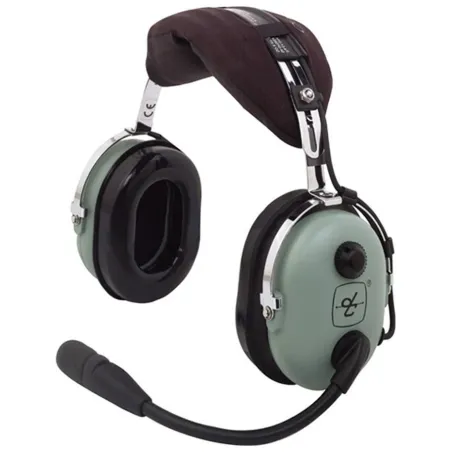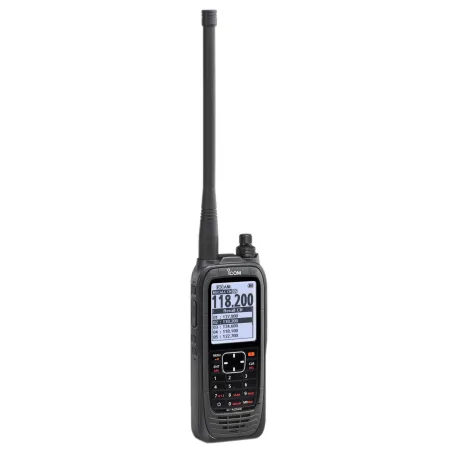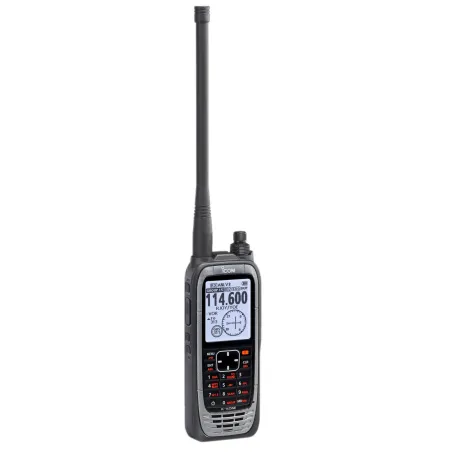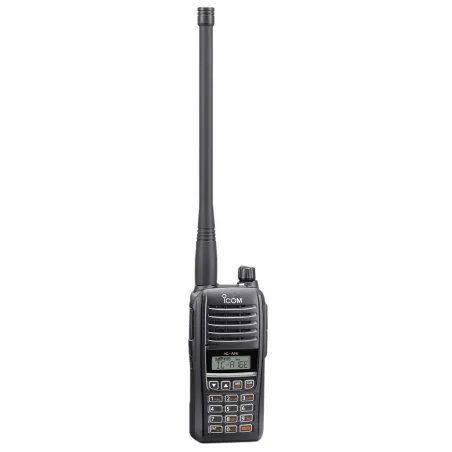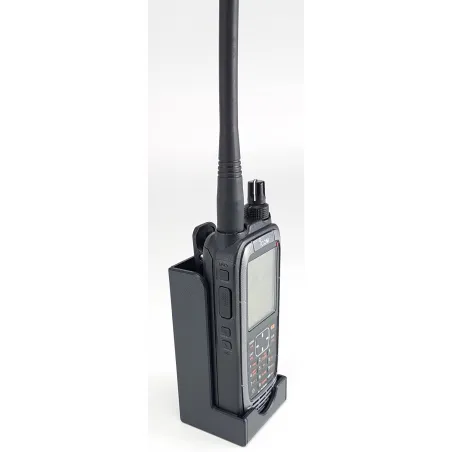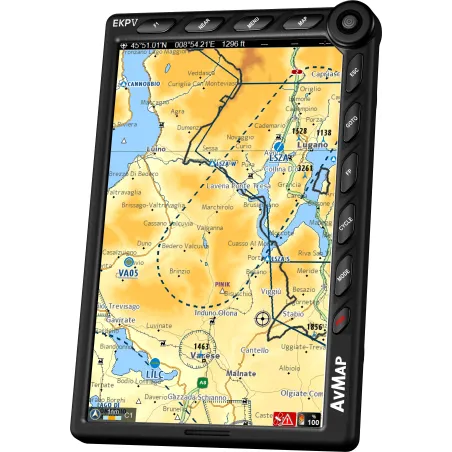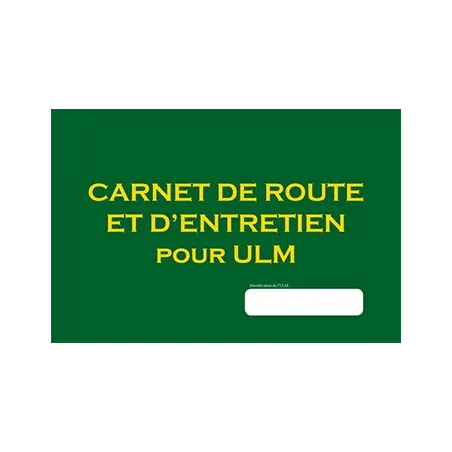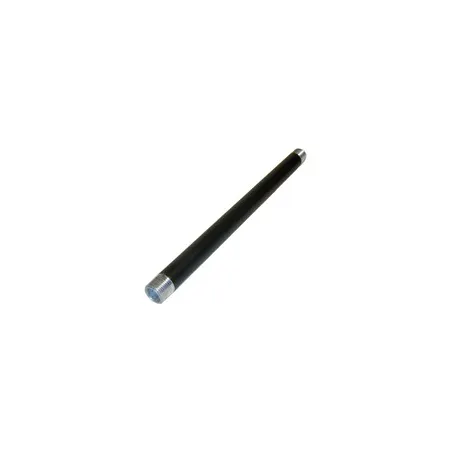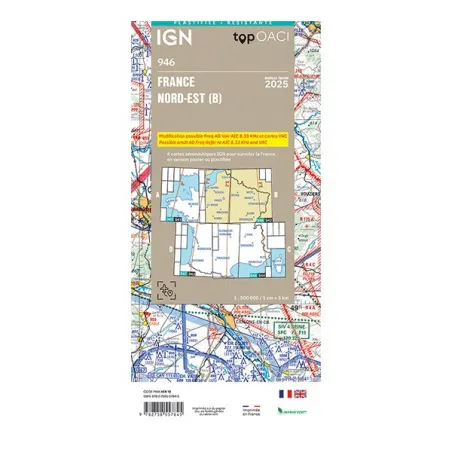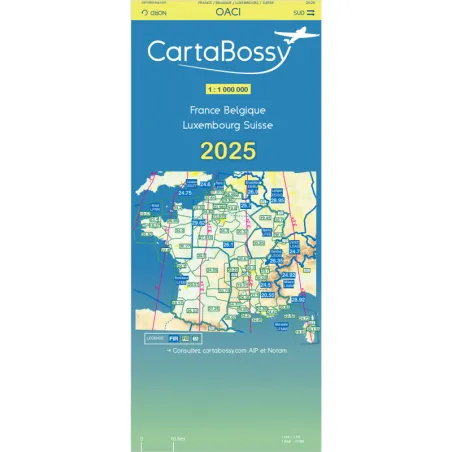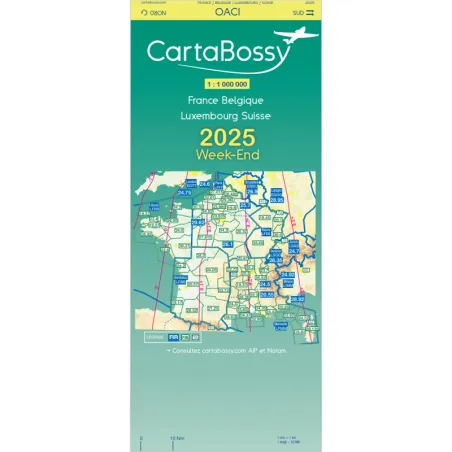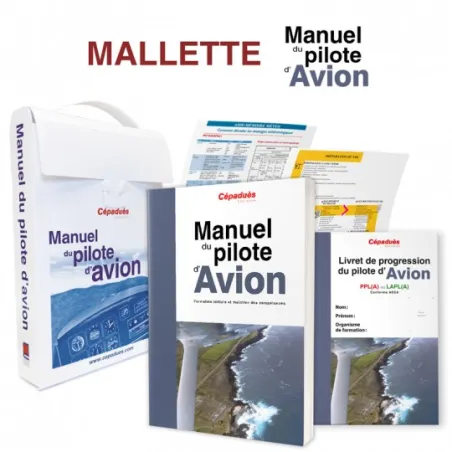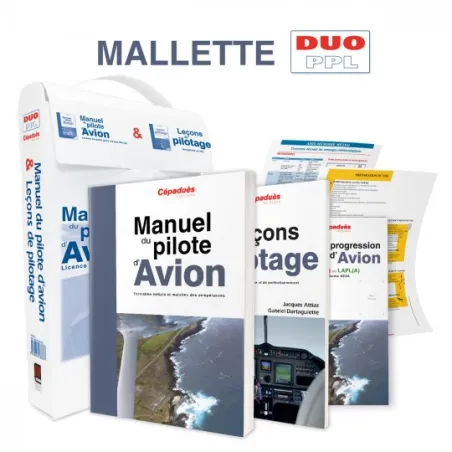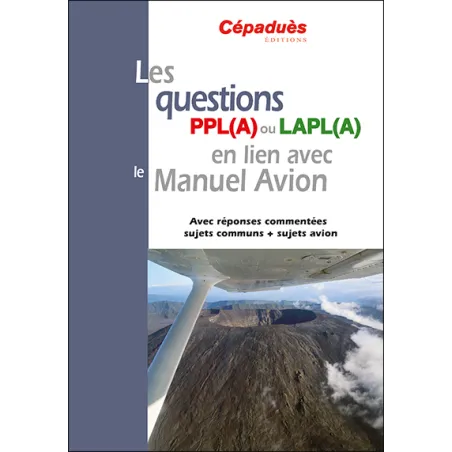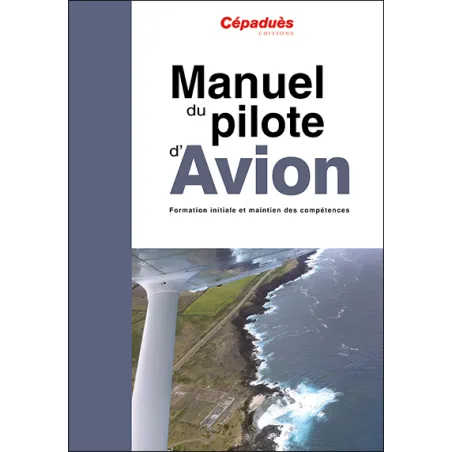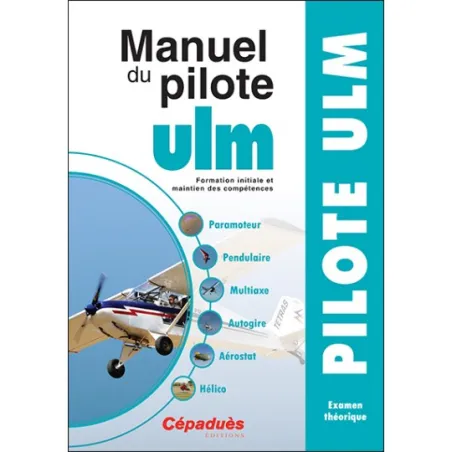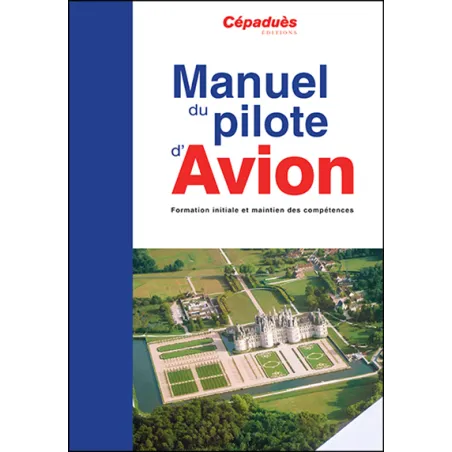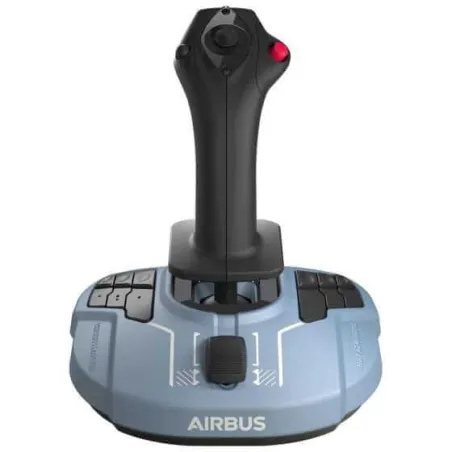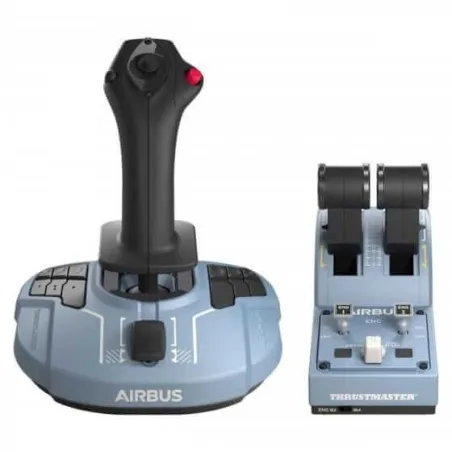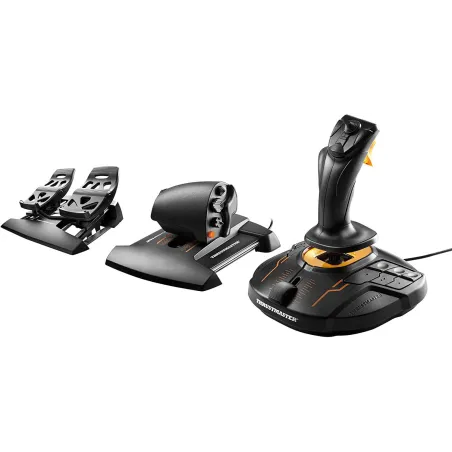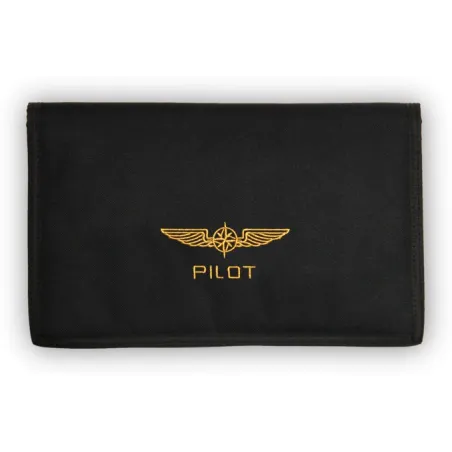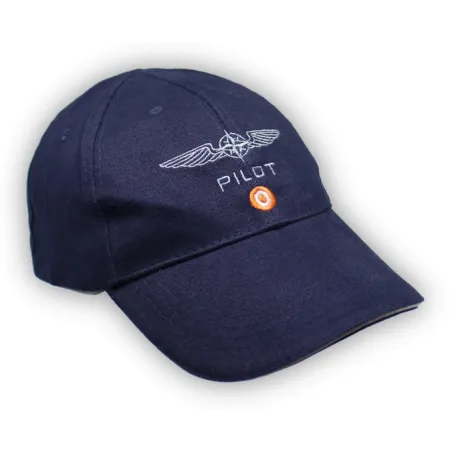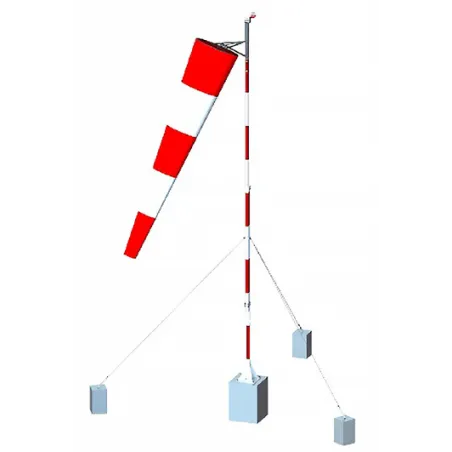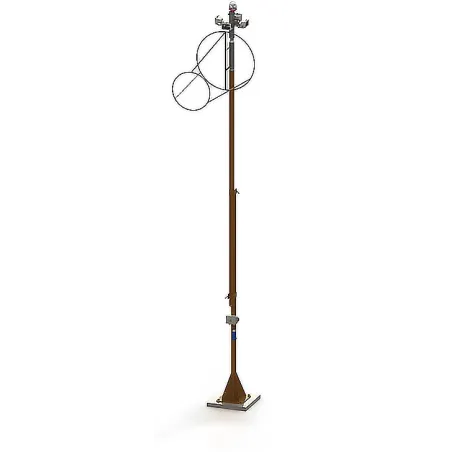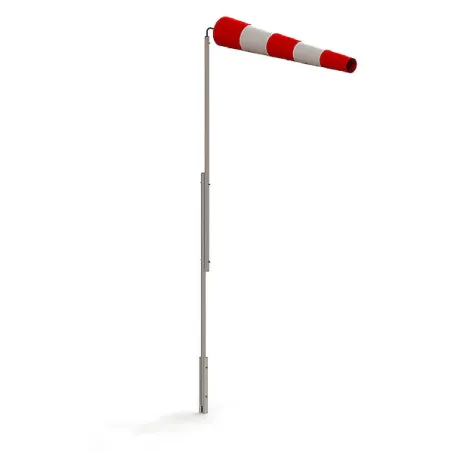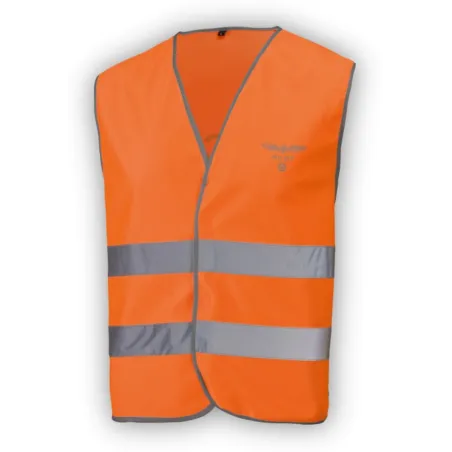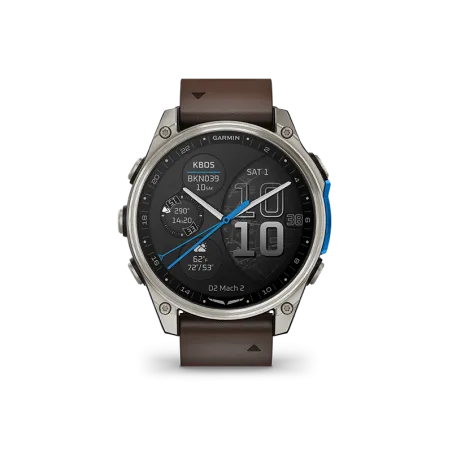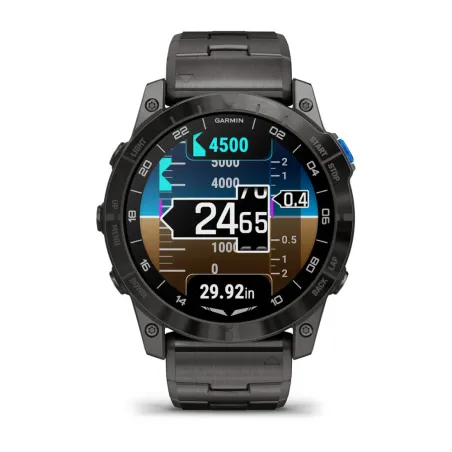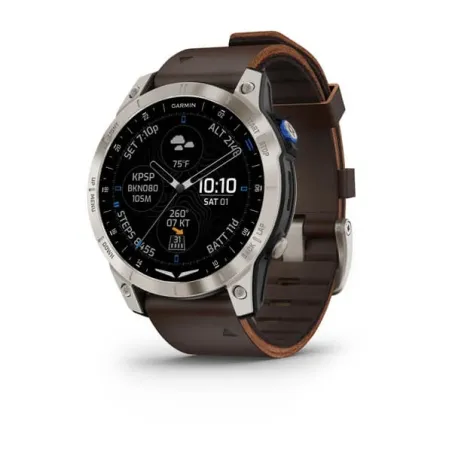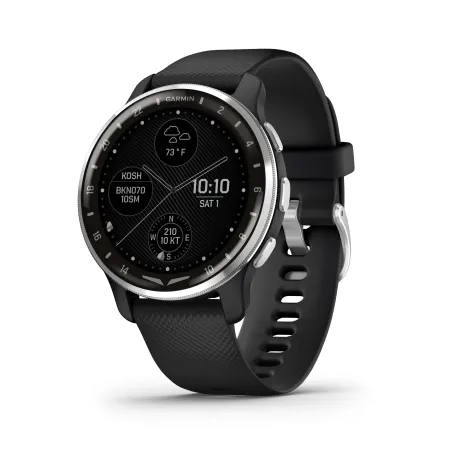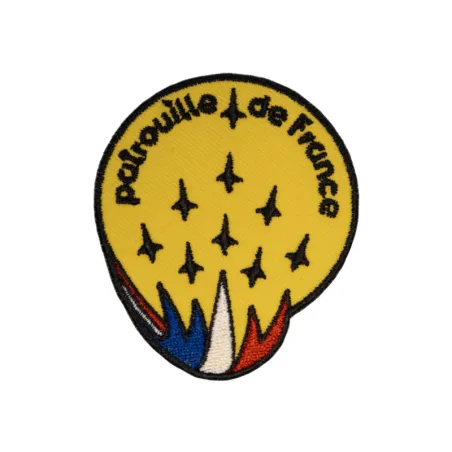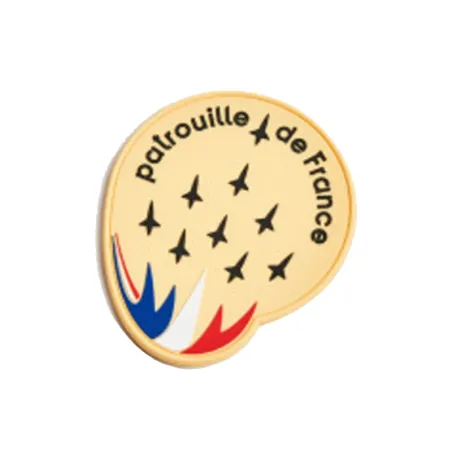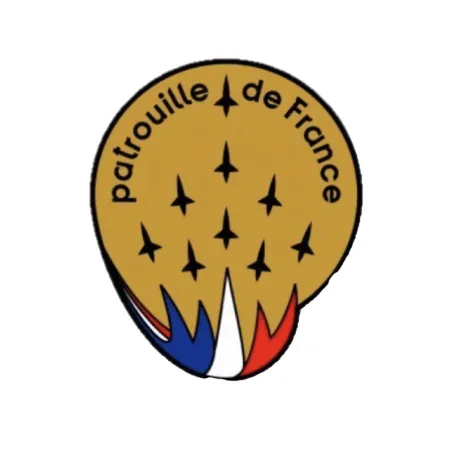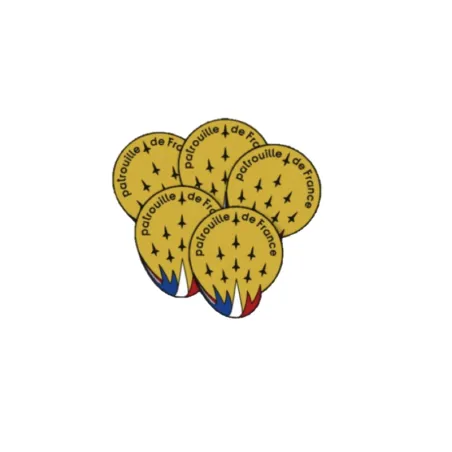The private pilot license (PPL): takeoff imminent!
Categories :
Aeronautical training
, BAYO
It’s decided: the passion for aviation has definitely won you over. You’re going to take the plunge and learn how to fly. Perhaps you caught the bug when preparing, during your high school years, for the BIA. But now, you need the key to take the controls of an aircraft: the Private Pilot License or PPL. But as you register, let’s go over everything you need to know.
What is the PPL license?
The private pilot license allows you to fly, for your own account, small single-engine airplanes with up to four seats. You will therefore be considered as an amateur and non-compensated, but you will be able to fly autonomously. It’s the "first step" every pilot must take.
You may have already noticed that there are two seemingly equivalent licenses: PPL and LAPL or light aircraft pilot license. The difference: the latter, issued by the European Aviation Safety Agency, is only valid in Europe, whereas the PPL license allows you to fly worldwide.
In fact, the PPL is a bit more demanding regarding the validity times and renewal procedures, but aside from these details, you will have the same training and skills for both licenses.
How to obtain your private pilot license?
As you might expect, obtaining the license involves a theoretical exam and a practical part.
The first consists of two tests in the form of multiple-choice questions. You will be tested on the topics every pilot must know well: regulations, aircraft knowledge, flight principles, flight preparation and navigation, human performance, meteorology, operational procedures, communications...
Various manuals can help you prepare, whether you choose " Les questions PPL(A) ou LAPL(A) " by Cépaduès editions and their supplement "QCM Avion", or the "Mallette duo PPL" from the same publisher, or even books from the Mermoz Institute in the airplane version airplane or helicopter.
Once you pass the theoretical exam, you will be allowed to take the practical test, provided you are at least 17 years old, have logged 45 hours in your logbook, and completed at least 25 hours of dual instruction out of the 45 hours, with at least 10 hours of solo flight. Out of these ten hours, you must also log 5 hours of cross-country flights and a navigation of at least 270 km with two landings at two different aerodromes.
These are the official and mandatory conditions. However, the aspiring pilot will also benefit from approaching this training with method and perseverance. Among the good practices, it is important to find a good flight school, taking the time to gather information, compare programs and offers.
You will also need to develop a solid training plan and maintain constant discipline and motivation, as the training is lengthy and can seem challenging to some.
How much does it cost?
Obviously, such training comes at a cost, which can often be underestimated by forgetting certain expenses. For example, you will have to pay for membership in a flying club, registration fees, a medical check-up, and other administrative formalities. Likewise, the materials throughout the training may be at your expense, from theoretical manuals to flight equipment, including, depending on the flying clubs, the purchase of a aviation headset. Unless you live very close to an aerodrome, you will also have to factor in the travel costs for your lessons and training, which can easily amount to about sixty round trips.
The training fees themselves make up the largest part of the expenses, mainly due to the cost of flight hours. Depending on the club, fuel costs, aircraft model, and other factors, the price can vary between 100 and 200 euros per hour, sometimes adding the cost of the instructor. And if you need to log at least 45 flight hours, the actual time to be ready for the exam is closer to 50 to 60 hours.
In the end, the total cost, from the start of training to obtaining the license, can be estimated between 7,000 and 10,000 euros.
This might seem exorbitant, but there are opportunities to receive financial aid: loans from banks or certain flying club partners, professional training funding, or even as an unemployed individual under certain conditions.
Lastly, young people can also apply for financial aid in the form of scholarships, including the " Objectif pilote " scholarship for pilots under 21, or the Tomato scholarship awarded by this aviation and space association.
Why get your PPL?
Even if you never become a commercial pilot, or if you don’t have the ambition to work in aviation, a PPL license is already a great personal achievement, the culmination of a passion that will never leave you. The amateur pilot opens up new horizons and gains a newfound freedom to travel.
This first license also opens the door to career opportunities. It is the essential first step before acquiring certifications and licenses that will allow you to fly larger aircraft, get paid for trips, or become a professional aviator or instructor for other aspiring pilots.
By the way, once you have your PPL in hand, you will need to equip yourself, starting with your essential flight logbook. But your favorite site is full of great advice for that, such as choosing your headset or shopping for your gear. Because once you start equipping yourself, the aviation adventure begins!
Share this content
Please log in to rate this article






